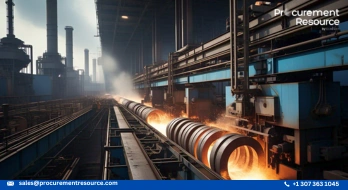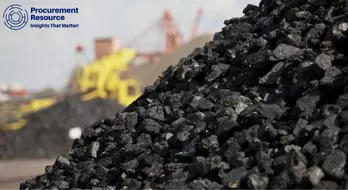Steel prices in India have seen a new low in three years amid surge in imports from China

Unstable and fragile Chinese economy has weakened steel prices in India, so much so that the prices have now seen the lowest point in almost three years. The situation has been impacted by a global oversupply by China that has been releasing its excess production into the international markets. China, which accounts for half of the world's annual 2-billion-tonne steelmaking capacity, has recently experienced overcapacity due to a downturn in its real estate market. This has led Chinese manufacturers to sell steel in India and other markets at prices below their production costs to maintain operations, as alleged by Indian steelmakers.
Even after Indian elections, expectations for a recovery in steel prices were not met, and the prices are still rolling down, potentially affecting the profitability of domestic steelmakers. In response, these companies are focusing on cost management to safeguard their margins during a period of substantial capital expenditure, with many large Indian steelmakers expanding capacity in hope and anticipation of increased demand driven by government initiatives in infrastructure and housing.
However, on the other hand, downstream industries such as real estate, automobiles, and infrastructure are reportedly benefiting from the reduced input costs.
Read More About Global Steel Production Cost Reports - https://www.procurementresource.com/production-cost-report-store/steel/request-sample
To make this worse, domestic manufacturing capacity in India is increasing, exacerbating the supply-demand dynamic. While steel prices have dropped below levels seen in December 2020, input costs remain considerably higher than they were at that time. This situation is viewed as unsustainable and could potentially push steel companies into losses, threatening the viability of recent large-scale investments and possibly affecting government efforts to boost employment.
However, the decrease in steel prices is likely aiding the margins of industries that use steel as a raw material, such as the automobile and construction sectors. For example, a notable commercial vehicles maker reported a reduction in material costs as a percentage of revenue during the April-June quarter.



